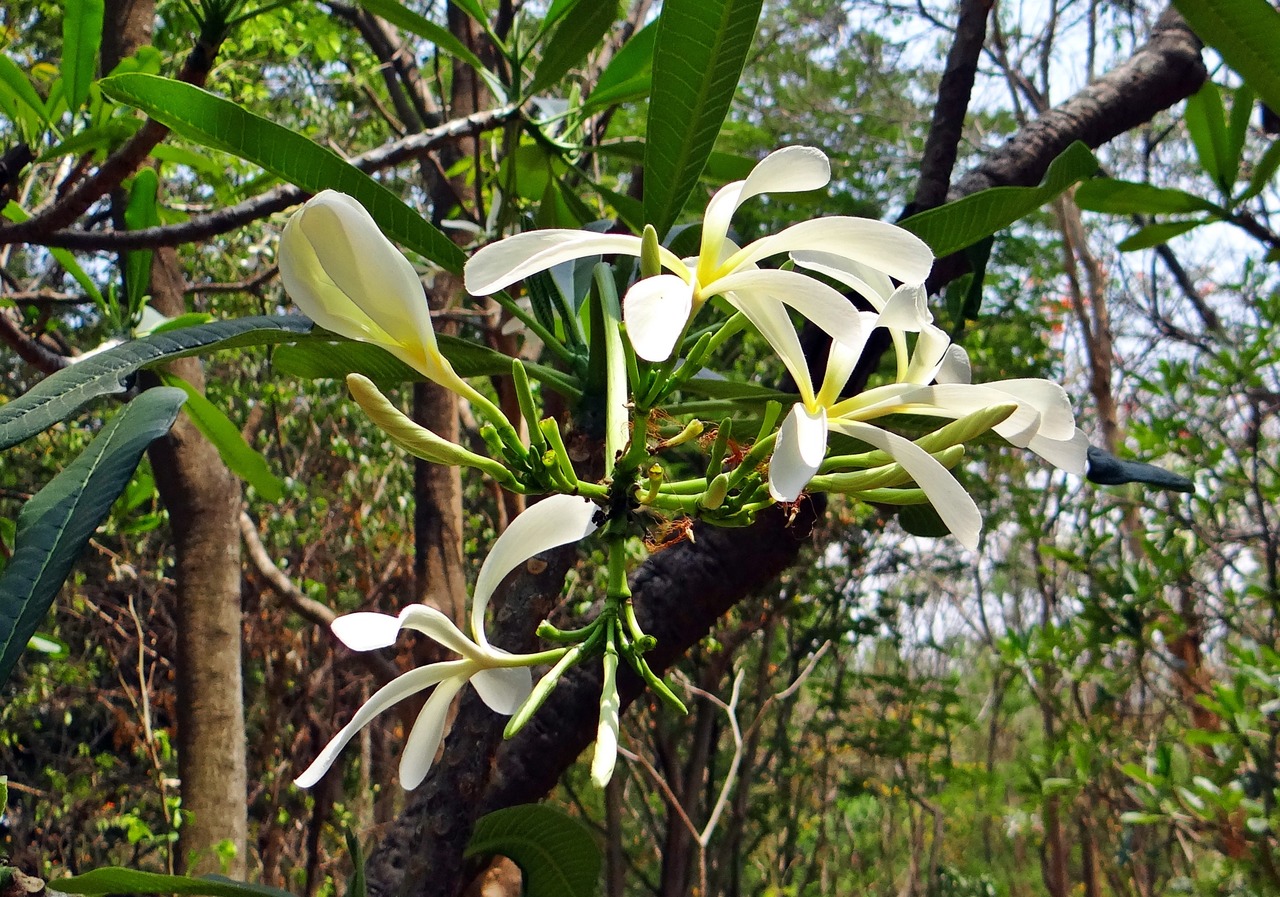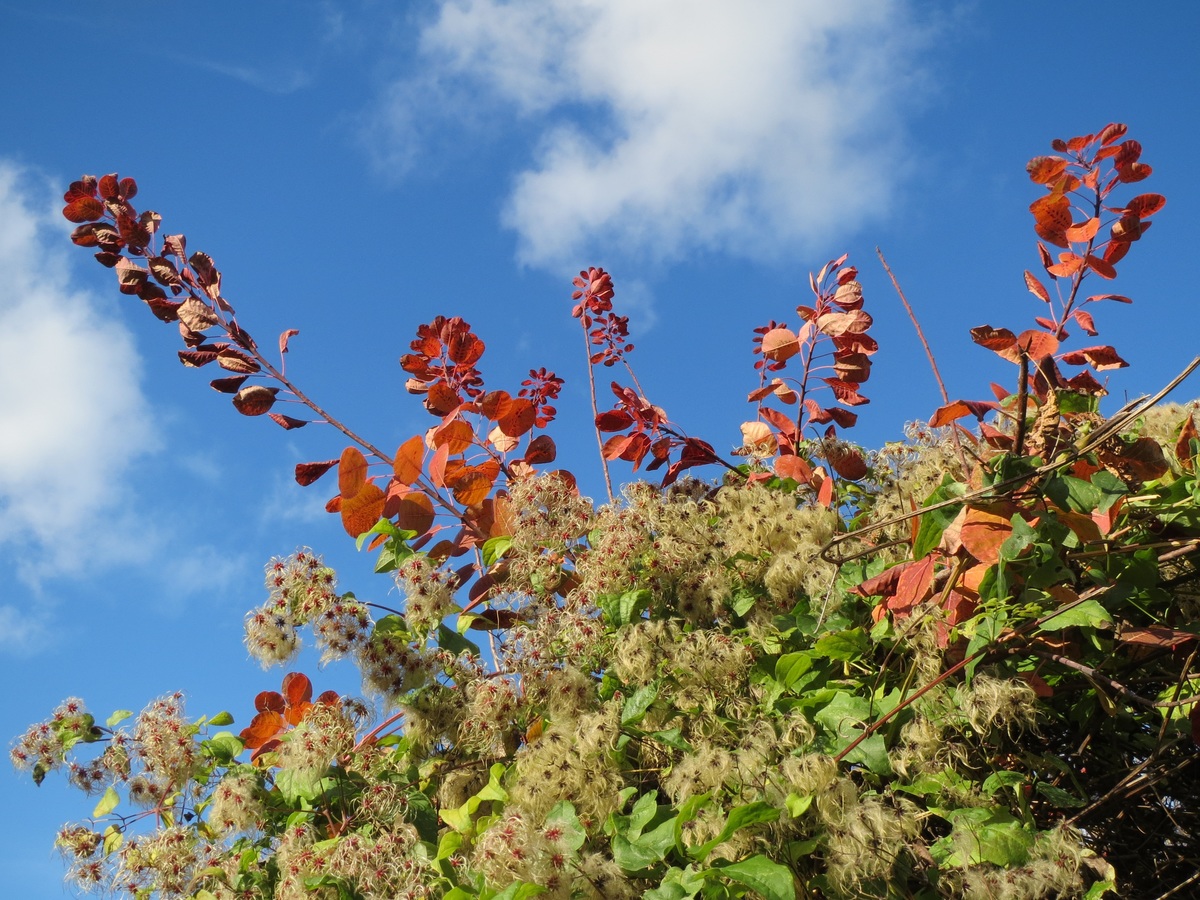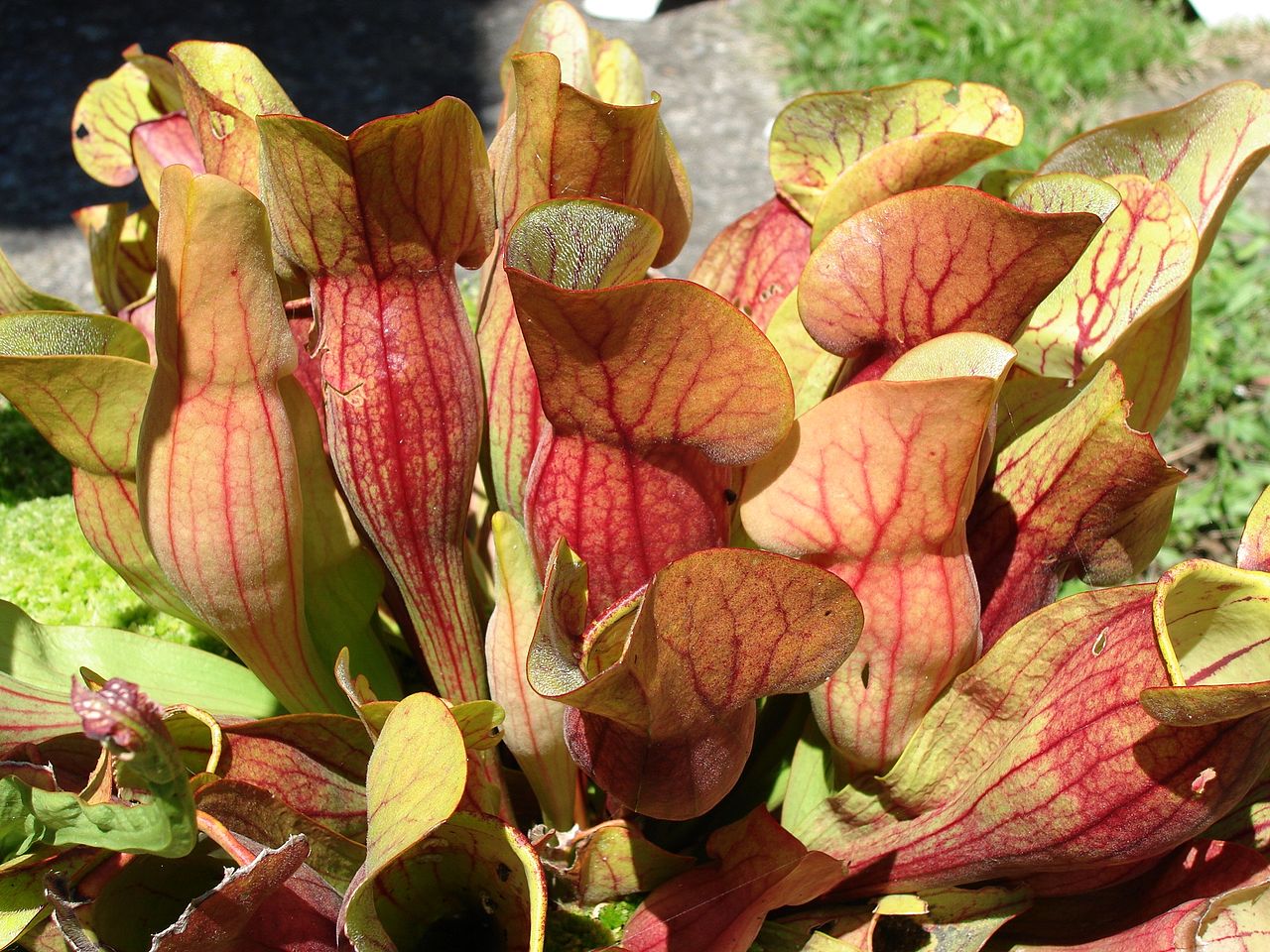
Both animals and plants relate to each other in many different ways, whether for example by taking advantage of each other, fighting for the same benefits, or simply sharing resources without harming either party.
One of the most interesting biological interactions that occurs is the commensalism. And, although at first it is hard to believe, it happens a lot in the Plant Kingdom.
What is commensalism?

Commensalism it is a biological relationship in which one of the parties obtains some benefit, while the other is not harmed but neither manages to benefit. The term comes from the Latin cum mes, which means 'sharing a table', although as we are going to see, this is not always the case. A clear example are vultures, animals that feed on the scraps left by predators, such as lions.
Living in nature you have to manage to get ahead, and there is a ley unshakable that makes it so: the ley the strongest. Only those who have the strength to adapt to the environment faster than others survive. Therefore, a newly germinated plant must grow as quickly as possible if it does not want herbivorous animals or microorganisms (fungi, bacteria, viruses) to kill it.
To avoid dying before their time, there are many who benefit from others without harming them.
Types of commensalism
Apart from the type that we have told you about, there are three others that are very interesting to know:
- phoresis: it occurs when an organism uses another to transport itself. This in plants is hardly seen, nor is it distinguished, since they live on a different time scale from ours.
- Tenancy: occurs when one of the two is hosted in the other. This is very common in epiphytic plants, such as many bromeliads or orchids, that use trees as a home.
- Metabiosis or thanatocresis: it is when one of the two parties takes advantage of the remains (excrement, skeletons, corpses) of the other. For example, in the animal world much is seen among hermit crabs, when they take advantage of the empty shell of a snail. In the Plant Kingdom it is also quite common: when a plant is dying naturally, insects and microorganisms feed on the part that is already dead.
Examples of commensalism in plants
Commensalism is a relationship that, at first, might not be very typical of plants. However, and as we said at the beginning, it is something quite common. Proof of this are the ones that we are going to tell you below:
Orchid
There are many orchids that grow on the branches of trees, such as Phalaenopsis or Dendrobium. Its seeds are so small and light that the air transports them easily to the highest branches, being able to germinate without problems there. Once the first roots emerge, the orchids get stronger and stronger, holding on well to the tree that supports them., but without actually parasitizing it.
Carnivores (insects - plants)

Image - Wikimedia / Pouzin Olivier
Carnivores are very special plants: they grow in areas where they find so few nutrients that, over time, they have developed increasingly sophisticated traps. These traps can be of different forms: tubular, with large 'teeth', with little bags that suck up any tiny prey ... An example of commensalism, specifically, of tenantism, is found in the sarracenia purpurea.
Three invertebrates live in its traps (Wyeomyia smithii, Metriochnemus knabi y There will be a pink brooch) that feed on the prey that fall into the jars of the plant. Then the S.purpurea it can digest the remains expelled by these three animals.
Climbers
Climbing plants, such as the potos or the clematis, They are plants that rely on others to get more sunlight. They often germinate in shady areas, so they have to grow on tree trunks in order to reach some light. Once they get it, then it is when they grow with more vigor.
Dead or decaying plants
Every plant is part of a natural cycle. It germinates, grows, develops, blooms, gives seeds (or spores, like ferns), ages, and eventually dies. But as its leaves, flowers, fruits, etc., decompose, they become food for other microorganisms: saprophytic fungi. These are the ones in charge of digesting them.
What did you think of this topic?